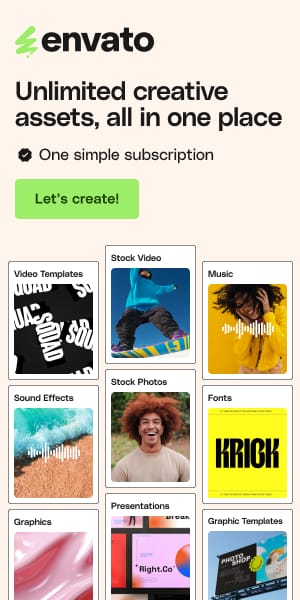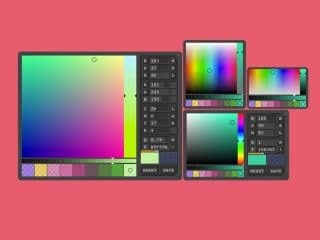PWA Frameworks and tools Showdown: Which Reigns Supreme?
Introduction to Progressive Web Apps (PWAs)
Progressive Web Apps (PWAs) are a modern development approach that combines the best features of web and mobile apps. They are designed to provide a seamless and native-like experience to users across different devices and platforms. PWAs use web technologies such as HTML, CSS, and JavaScript, and can be accessed through a browser without the need for installation. They offer offline capabilities, push notifications, and can be added to the home screen of a user’s device. PWAs are gaining popularity due to their ability to offer fast, reliable, and engaging user experiences.
What are PWAs?
PWAs, or Progressive Web Apps, are a type of web application that combines the best features of both web and mobile apps. They are designed to deliver a seamless and native-like experience to users on different devices and platforms. PWAs can be accessed through a web browser like a regular website, but they offer additional functionalities such as offline capabilities, push notifications, and the ability to be installed on the user’s home screen. This makes PWAs highly convenient for users and allows businesses to reach a wider audience.
Importance of PWAs in Modern Web Development.
Progressive Web Apps (PWAs) have become increasingly important in modern web development. With the rise of mobile devices and the need for seamless user experiences, PWAs offer a solution that combines the best of both web and mobile apps. They provide enhanced performance, offline capabilities, and the ability to be installed on a user’s home screen. PWAs also allow businesses to reach a wider audience across different devices and platforms. Their importance lies in their ability to deliver a native-like experience while being easily accessible through a web browser, making them a valuable tool for modern web development.
Need for PWA Frameworks
In order to develop Progressive Web Apps (PWAs) efficiently, developers often turn to PWA frameworks. These frameworks provide a set of tools and libraries specifically designed for building PWAs, which helps streamline the development process. PWA frameworks offer pre-built components, templates, and functionalities that developers can easily integrate into their projects. They also ensure compatibility across different devices and platforms, making it easier to reach a wider audience. Overall, PWA frameworks play a crucial role in simplifying PWA development and maximizing its potential.
Challenges in PWA Development.
Developing Progressive Web Apps (PWAs) can present a few challenges for developers. One of the main challenges is ensuring cross-platform compatibility, as PWAs need to work seamlessly across different devices and browsers. Another challenge is optimizing performance, as PWAs should be fast and responsive, even on slower networks. Implementing offline capabilities and maintaining data synchronization can also be complex tasks. Additionally, ensuring a smooth installation experience and addressing security concerns are important challenges to overcome. PWA frameworks can help address these challenges and streamline the development process.
Role of Frameworks in Simplifying PWA Development.
Frameworks play a crucial role in simplifying the development of Progressive Web Apps (PWAs). These frameworks provide developers with pre-built components, libraries, and tools that streamline the process of building PWAs. They offer standardized patterns and best practices, reducing the need for manual coding and speeding up development. Frameworks also provide efficient ways to handle common PWA challenges, such as cross-platform compatibility, offline capabilities, and data synchronization. By leveraging these frameworks, developers can save time and effort, enabling them to focus on delivering a high-quality PWA experience.
Criteria for Evaluating PWA Frameworks
When evaluating PWA frameworks, there are several key criteria to consider. These include performance, offline capabilities, installation experience, cross-platform compatibility, security, and community support and updates. Performance refers to the speed and efficiency of the framework. Offline capabilities determine whether the PWA can function without an internet connection. Installation experience refers to how easily users can install the PWA on their devices. Cross-platform compatibility ensures that the PWA works seamlessly across different operating systems and devices. Security is crucial for protecting user data. Lastly, community support and regular updates are important for ongoing maintenance and improvements. By assessing these criteria, developers can choose the best PWA framework for their specific needs.
Performance
Performance is a crucial factor to consider when evaluating PWA frameworks. It determines the speed and efficiency of the framework in delivering a seamless user experience. Developers should look for frameworks that have optimized code and efficient rendering processes to ensure fast loading times and smooth navigation. Additionally, frameworks that prioritize performance optimizations, such as lazy loading and code splitting, can further enhance the overall performance of the PWA. By choosing a framework with excellent performance capabilities, developers can ensure their PWAs deliver a fast and seamless user experience.
Offline Capabilities
Offline capabilities refer to the ability of a PWA to function even without an internet connection. This is a crucial feature as it allows users to access the PWA and its content anytime, anywhere, regardless of their network availability. PWA frameworks that offer robust offline capabilities use technologies like service workers and caching mechanisms to store and retrieve data locally on the user’s device. This ensures that users continue to have a seamless experience and can interact with the PWA’s content even when offline.
Installation Experience
The installation experience refers to how easy and smooth it is for users to install a PWA onto their devices. A good PWA framework should provide seamless installation features, such as a clear and prominent install button and a simple installation process. Additionally, the framework should offer options for app-like experiences, like the ability to add a shortcut on the home screen or desktop. A positive installation experience is crucial to encourage users to engage with and retain the PWA on their devices.
Cross-platform Compatibility
Cross-platform compatibility is a crucial factor in evaluating PWA frameworks. A good PWA framework should be able to seamlessly run and function well across multiple platforms, such as desktops, smartphones, and tablets. This ensures that the PWA provides a consistent experience for users across different devices and operating systems. Frameworks that enable smooth cross-platform compatibility make it easier for developers to reach a wider audience and deliver a consistent user experience.
Security
Security is a critical aspect of evaluating PWA frameworks. A good PWA framework should prioritize the security of user data and protect against potential vulnerabilities and attacks. Some developers may need to bypass DataDome, a bot protection service, to test the robustness of their security measures. Frameworks that provide robust security features, such as encryption options and authentication mechanisms, enhance the overall trustworthiness of the PWA. It is important to choose a PWA framework that has a strong security track record and follows best practices to ensure the safety of user information and maintain the integrity of the application.
Community Support and Updates
Community support and regular framework updates are crucial considerations when evaluating PWA frameworks. A strong and active community contributes to the growth and improvement of the framework by providing resources, tutorials, and troubleshooting assistance. Additionally, regular updates ensure that the framework remains up-to-date with the latest web technologies, bug fixes, and security patches. It is important to choose a PWA framework that has a dedicated community and a history of frequent updates to ensure long-term support and compatibility with evolving web standards.
Comparison of Top PWA Frameworks
When it comes to choosing the best PWA framework for your project, there are several top contenders in the market. Here is a comparison of some of the most popular PWA frameworks:
Each framework has its own strengths and weaknesses, and the choice ultimately depends on your project requirements, familiarity with the framework, and the size and expertise of your development team. It is important to evaluate each framework based on factors such as performance, ease of use, community support, and compatibility with your existing tech stack.
See also
React
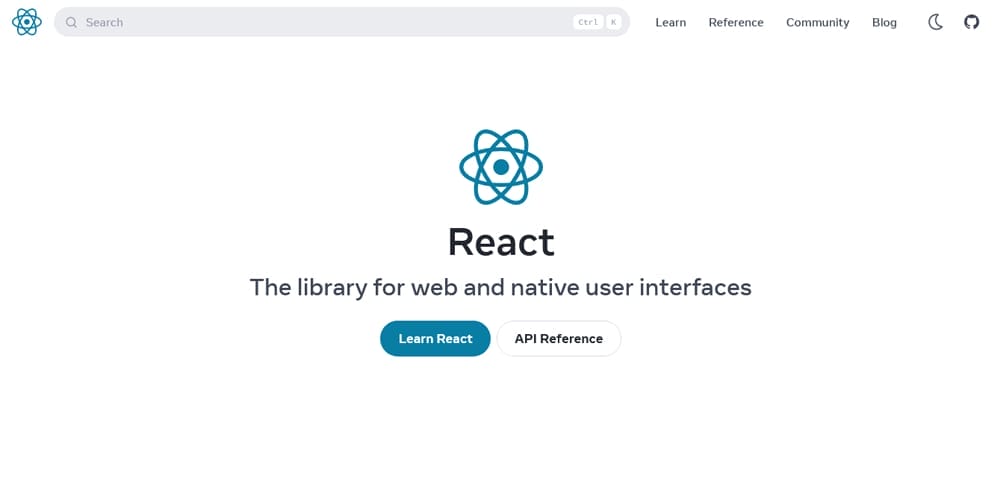
React is a widely popular and highly versatile PWA framework known for its scalability and flexibility. With React, developers can efficiently build interactive and high-performance PWAs. The framework offers a virtual DOM, which enhances the app’s speed and performance. React also provides reusable components, making development faster and more efficient. Additionally, React has a large and active community, which ensures continuous updates and support, making it a top choice for building PWAs.
Angular
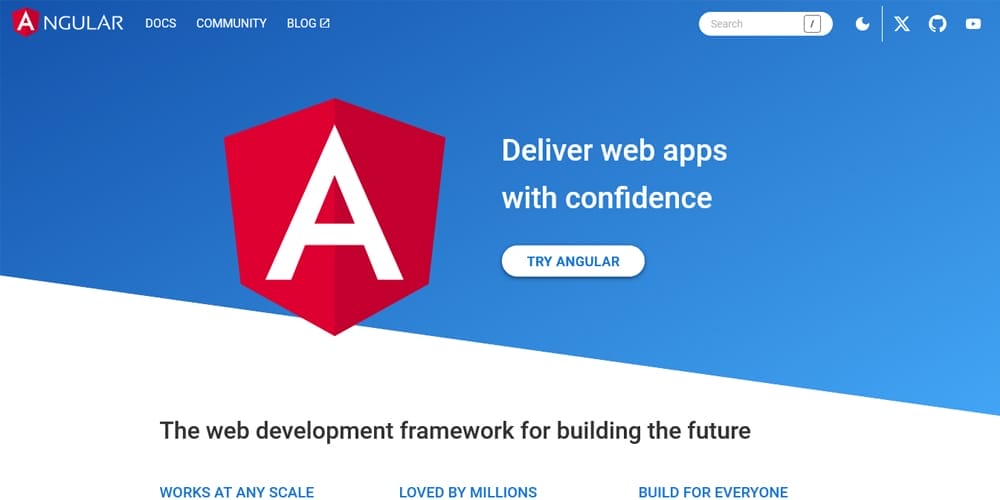
Angular is a robust PWA framework that offers a comprehensive set of tools and features for building high-quality Progressive Web Apps. It provides a structured and scalable architecture, making it suitable for large-scale applications. Angular’s powerful data binding capabilities and component-based architecture enable developers to easily create dynamic and interactive user interfaces. The framework also offers excellent performance optimization and offline capabilities. With a strong community and regular updates, Angular is a top choice for developers looking to build feature-rich PWAs.
Vue
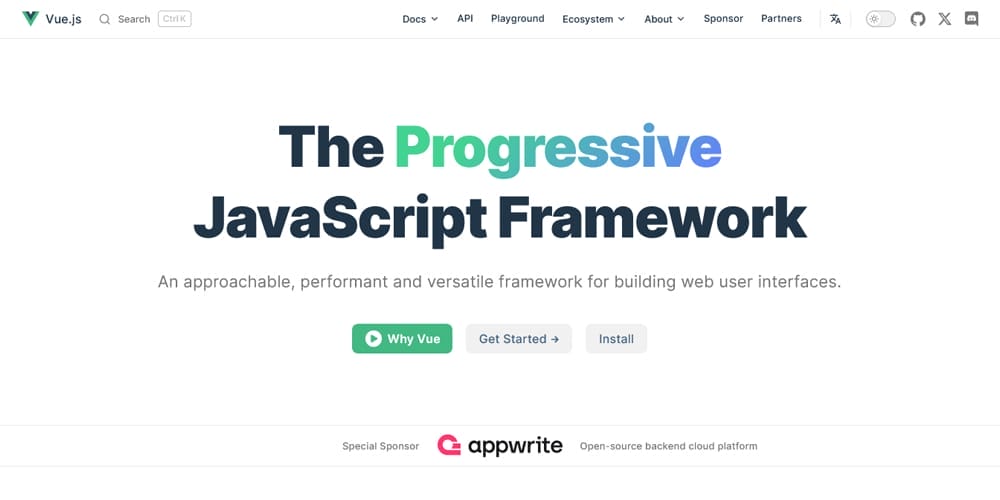
Vue is a popular PWA framework known for its simplicity and ease of use. It offers a gentle learning curve, making it a great choice for beginners. Vue’s reactive data binding and component-based architecture allow for efficient development of dynamic and interactive PWAs. It also provides excellent performance optimization and offline capabilities. With its active and supportive community, Vue has gained significant popularity among developers. Overall, it is a strong contender in the PWA framework space.
Ionic
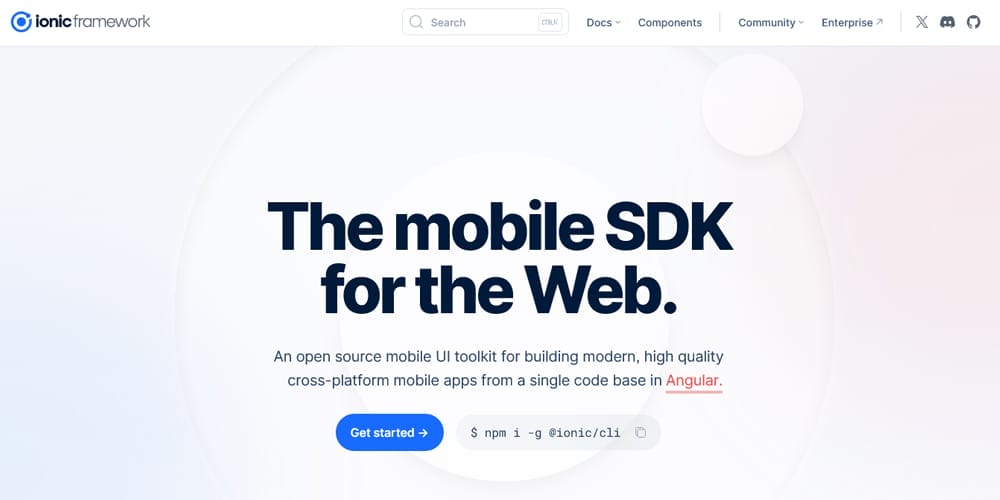
Ionic is a popular PWA framework known for its extensive library of pre-built UI components and seamless integration with Angular. It provides a comprehensive set of tools and plugins for building high-performance PWAs with native-like features. Ionic’s design system ensures a consistent and visually appealing user experience across different platforms. With its powerful CLI and robust ecosystem, Ionic simplifies the development process and enables rapid iteration. It has a strong community that actively contributes to its ongoing development and provides support to developers.
Svelte

Svelte is a lightweight PWA framework that focuses on efficiency and performance. It compiles the code during the build process, resulting in highly optimized and fast-running applications. Svelte unique approach eliminates the need for a virtual DOM, which reduces the bundle size and improves runtime performance. With its simple syntax and powerful reactivity system, Svelte offers a smooth development experience. It also provides built-in features for code splitting, lazy loading, and server-side rendering. Overall, Svelte is an excellent choice for developers looking for a high-performance PWA framework.
Polymer
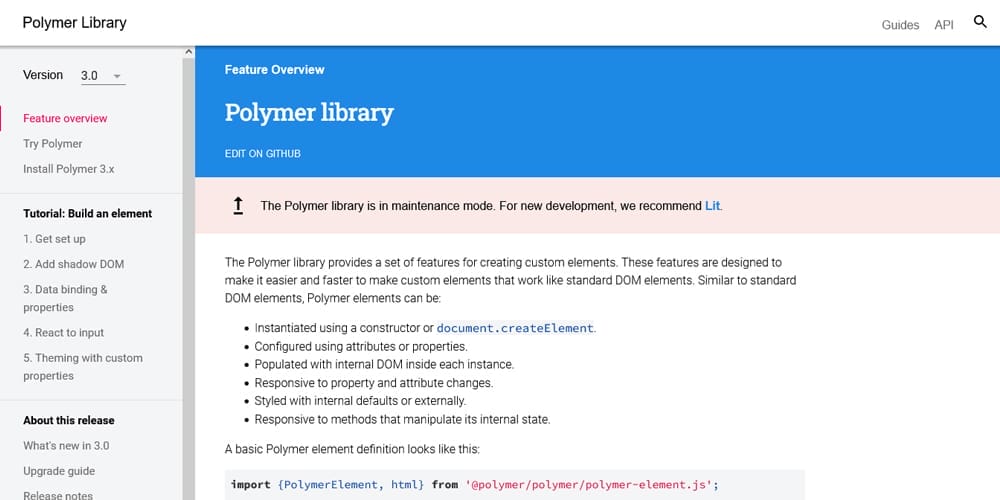
Polymer is a popular PWA framework developed by Google. It provides a set of web components that enable developers to build fast and responsive apps. Polymer focuses on reusability and modularity, allowing developers to create custom elements with ease. With its declarative syntax and powerful data-binding capabilities, Polymer simplifies the development process. It also offers a wide range of features like offline support, push notifications, and app manifest generation. Polymer has a strong community support and is widely used for building progressive web apps.
Preact
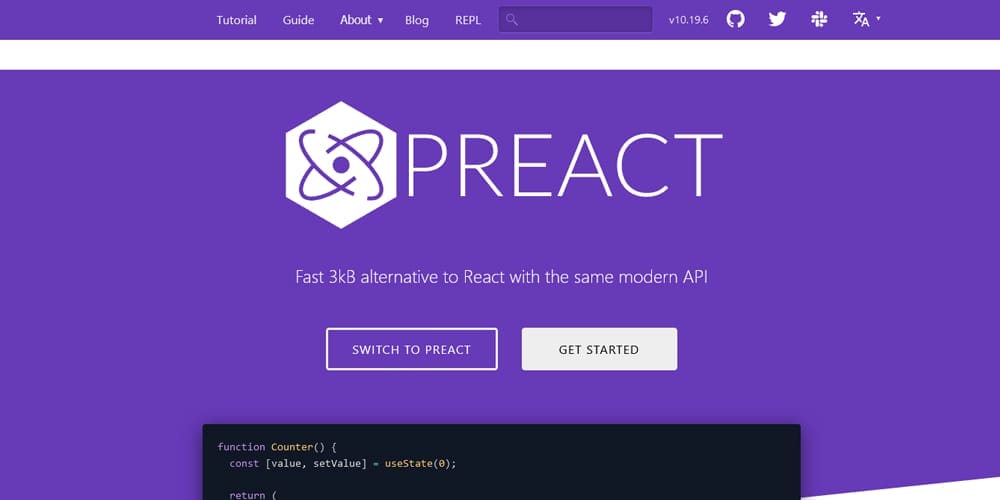
Preact is a lightweight JavaScript library that is often compared to React. It offers a similar API and virtual DOM implementation, making it compatible with existing React projects. However, Preact is significantly smaller in size, resulting in faster load times and better performance. Its small size also makes it ideal for mobile devices with limited processing power. Preact has a strong community support and a growing ecosystem of plugins and extensions. It is a great choice for developers looking for a lightweight and efficient PWA framework.
PWA Studio
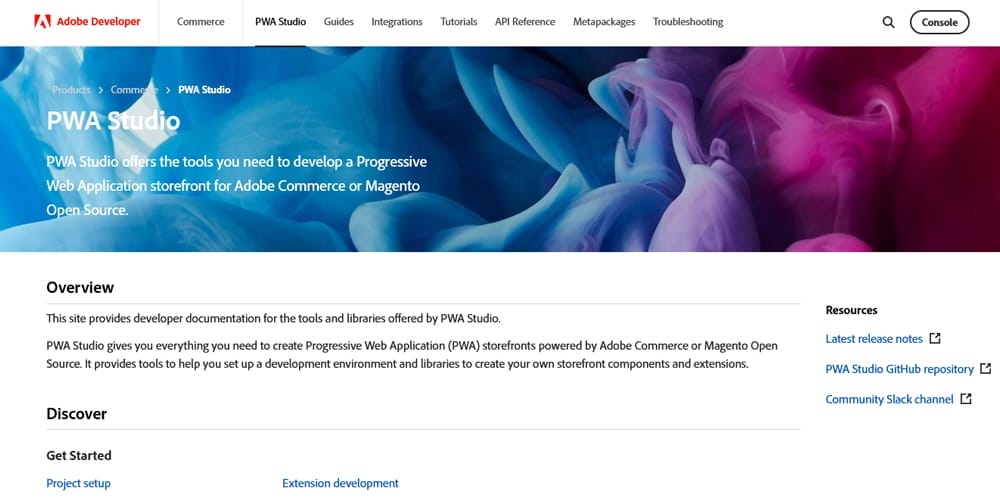
PWA Studio is a powerful PWA framework offered by Magento Commerce. It provides developers with a comprehensive set of tools and libraries to build fast and engaging PWAs. PWA Studio offers seamless integration with the Magento platform, allowing businesses to deliver exceptional user experiences across multiple devices. It includes features such as offline support, push notifications, and responsive design. With its modular architecture and developer-friendly approach, PWA Studio empowers developers to create highly customizable and scalable PWAs. It is a reliable choice for businesses looking to enhance their e-commerce capabilities with a PWA.
Lighthouse
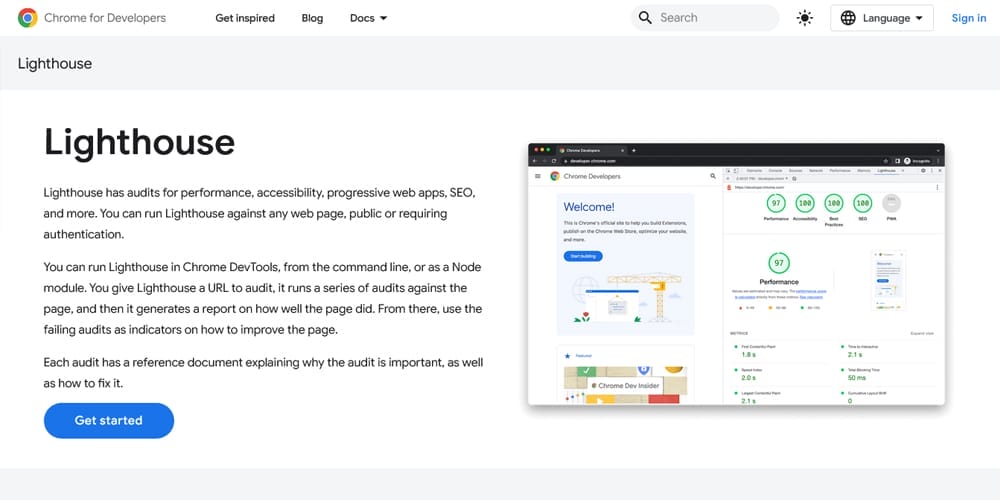
Lighthouse is an open-source, automated tool developed by Google that enables developers to assess the performance and quality of their PWAs. It analyzes various aspects of a PWA, including performance, accessibility, SEO, and best practices, providing valuable insights and recommendations for improvement. Lighthouse generates a detailed report and assigns scores to different criteria, helping developers optimize their PWAs for better user experiences. With its user-friendly interface and comprehensive analysis, Lighthouse is a valuable tool for PWA developers seeking to enhance their app’s performance and functionality.
PWA Builder
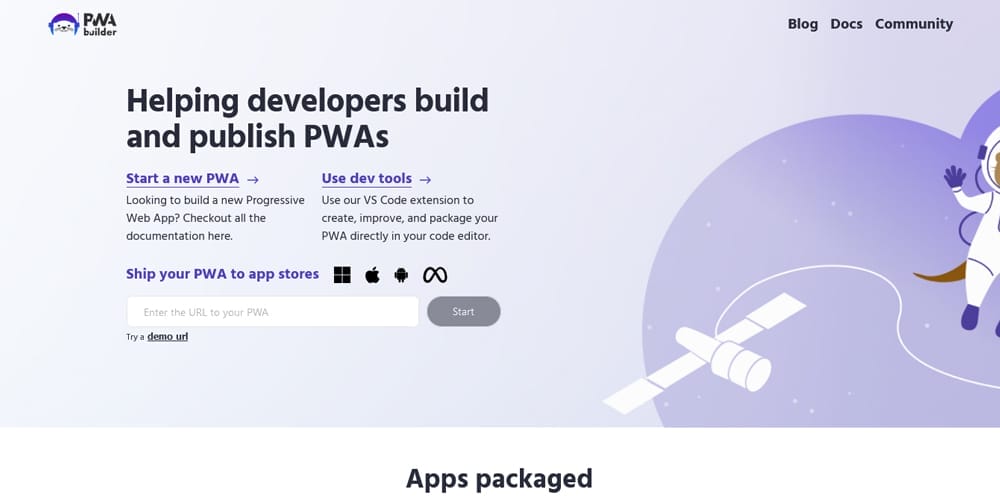
PWA Builder is a comprehensive tool that simplifies the development process for PWAs. It offers a range of features, including a manifest generator, a service worker generator, and a push notification tester. PWA Builder allows developers to easily convert their existing websites into PWAs by generating the necessary files and code. It also provides detailed documentation and step-by-step guides to assist developers throughout the process. With its user-friendly interface and helpful resources, PWA Builder is a valuable tool for creating high-quality, feature-rich PWAs.
Stencil
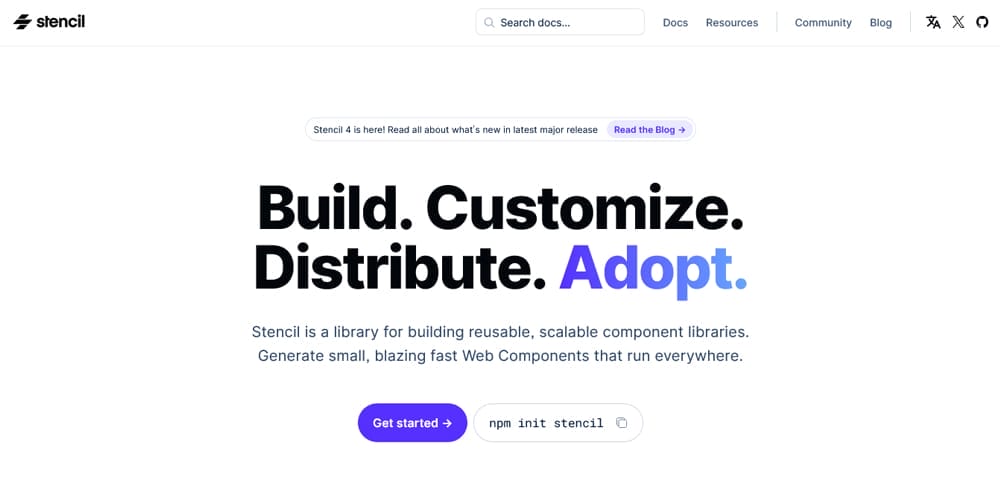
Stencil is a powerful PWA framework that is known for its efficiency and flexibility. It allows developers to build fast, reusable components using a combination of HTML, CSS, and JavaScript. Stencil focuses on performance and delivers highly optimized PWAs that load quickly and provide a smooth user experience. Its simplicity and ease of use make it a great choice for beginners, while its extensive features and customizability make it suitable for experienced developers as well. Overall, Stencil is a reliable and versatile PWA framework.
Next.js
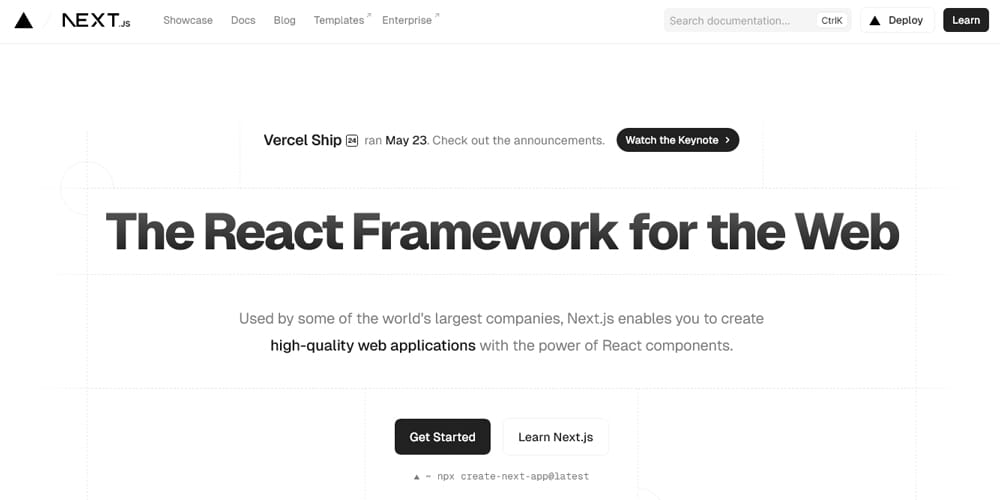
Flutter
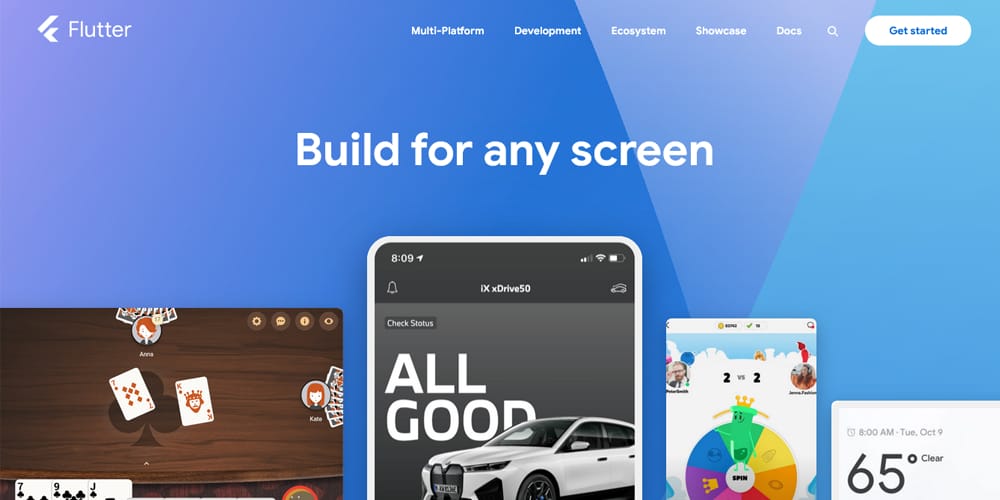
Gatsby
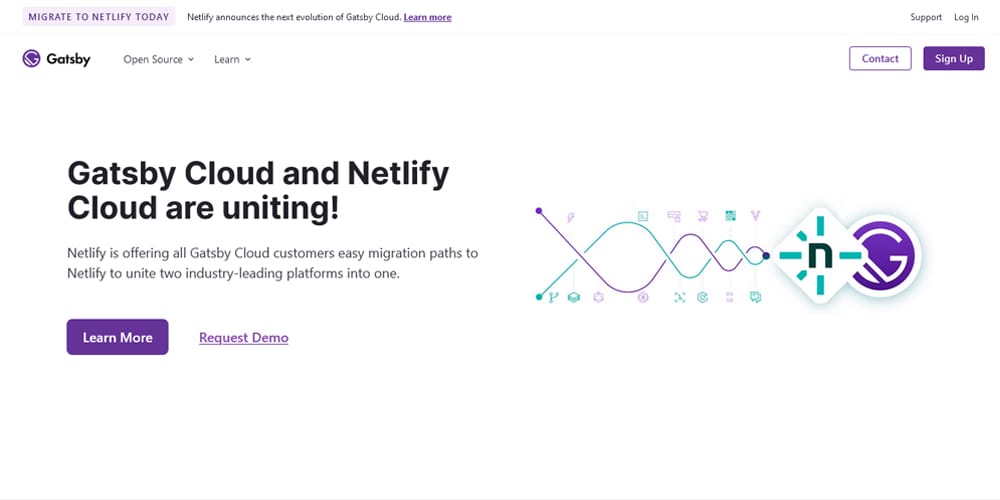
In conclusion, the choice of the perfect PWA framework ultimately depends on the specific needs and preferences of the development project. React, Angular, Vue, Ionic, Svelte, Polymer, Preact, PWA Studio, Lighthouse, PWA Builder, and Stencil are all highly regarded frameworks, each with its own strengths and weaknesses. It is recommended for developers to carefully evaluate the criteria, such as performance, offline capabilities, installation experience, cross-platform compatibility, security, and community support, before making a decision. By considering these factors, developers can select the best PWA framework that suits their requirements and delivers a seamless user experience.
In summary, Progressive Web Apps (PWAs) are a crucial aspect of modern web development, providing offline capabilities, enhanced performance, and a seamless installation experience. PWA frameworks play a significant role in simplifying PWA development, offering a range of features and benefits. When evaluating PWA frameworks, developers should consider factors such as performance, offline capabilities, installation experience, cross-platform compatibility, security, and community support. Top PWA frameworks include React, Angular, Vue, Ionic, Svelte, Polymer, Preact, PWA Studio, Lighthouse, PWA Builder, and Stencil. Each framework has its strengths and weaknesses, and the choice ultimately depends on project requirements and developer preferences.
Recommendation for Choosing the Right PWA Framework
When choosing the right PWA framework, developers should consider their project requirements and personal preferences. React is a popular choice for its extensive ecosystem and performance optimizations. Angular offers a comprehensive framework with strong community support. Vue provides a balance between simplicity and flexibility. Ionic is ideal for building hybrid mobile apps. Svelte is known for its small bundle size and excellent performance. Polymer offers reusable components for building web apps. Preact is a lightweight alternative to React. PWA Studio is specifically designed for Magento e-commerce websites. Lighthouse is a powerful auditing tool for optimizing PWAs. PWA Builder simplifies the process of creating PWAs. Stencil is a framework for building fast and efficient web components. Overall, the best PWA framework will depend on the specific needs and preferences of the developer and the project.
FAQs
What is the difference between a PWA and a native app?
A Progressive Web App (PWA) is a web application that can be accessed through a browser and offers native-like functionalities such as offline capabilities and push notifications. On the other hand, a native app is built specifically for a particular platform, like iOS or Android, and can be downloaded from app stores. While PWAs have the advantage of cross-platform compatibility and easier installation, native apps often provide better performance and access to device-specific features. It ultimately depends on the specific requirements and goals of the business to choose between a PWA and a native app.
Can any website be converted into a PWA?
Yes, almost any website can be converted into a Progressive Web App (PWA). However, the level of effort required for the conversion may vary depending on the complexity of the website. Basic websites with static content can be relatively easy to convert, while more complex websites with dynamic content and complex functionality may require additional development work. It’s important to note that not all features of a website can be replicated in a PWA, so it’s essential to carefully evaluate the requirements and limitations before initiating the conversion process.
Are PWAs suitable for all types of businesses?
PWAs are suitable for a wide range of businesses, from small startups to large enterprises. They offer significant advantages such as improved user experience, increased discoverability, and reduced development costs compared to native apps. PWAs are particularly beneficial for businesses in industries such as e-commerce, media, travel, and content publishing, where engaging user experiences and seamless performance across devices are crucial. However, it is important for businesses to evaluate their specific needs and goals to determine if a PWA is the right choice for them.
How much does it cost to develop a PWA?
The cost of developing a PWA can vary depending on various factors such as complexity, features, design, and development time. On average, the development cost of a PWA can range from $10,000 to $100,000 or more. This cost includes factors like planning, design, development, testing, and deployment. The cost may also vary based on the expertise of the development team and the specific requirements of the project. It is advisable to consult with a professional development team to get an accurate estimate for the development cost of a PWA.
Which PWA framework is best for beginners?
When it comes to choosing the best PWA framework for beginners, React is often considered the top choice. React offers a simplified and intuitive development experience, making it easier for beginners to get started with building PWAs. React also has a large and active community, providing comprehensive documentation and support for beginners. Additionally, the availability of numerous React-based libraries and components further enhances the development process for beginners, making it an ideal framework to kickstart their PWA journey.

